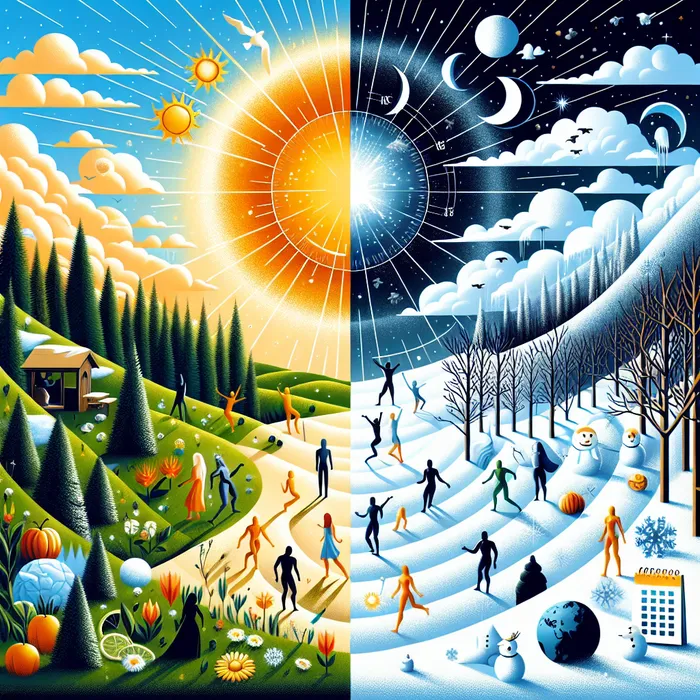The South African Weather Service clears fake news about winter came early

The Aphelion phenomenon does not affect our weather and season, but this is what does,
Image: IOL
SOUTH Africans were given the shivers in recent days when news circulated that a cold snap would grip the country until August, due to a phenomenon where the earth was further away from the sun.
But the South African Weather Service warmed the hearts of those who were feeling blue by stating that there was nothing amiss with the present weather patterns, and encouraged the public to verify information before taking it to heart. what was being peddled in the public domain.
The SAWS affirmed that it was fake news circulating online that the latest cold spell that gripped the country was due to the "aphelion" phenomenon.
News of the phenomenon quickly snowballed on social media platforms like WhatsApp, leading to widespread panic and confusion.
The aphelion refers to the point in Earth's orbit when the planet is farthest from the Sun, which is an annual occurrence and in 2025, the phenomenon is expected to occur around July 3 at approximately 3:54 PM (UTC).
However, contrary to what the hoax suggests, the fact that earth is at its farthest point from the sun during this time does not lead to significant changes in temperature or weather.
The earth's orbit is slightly elliptical, meaning the distance from the sun varies over the course of a year.
At aphelion, earth is about 152 million kilometres away from the sun, as compared to its closest point—called perihelion—when earth is about 147 million kilometres away. So according to the hoax's logic, we would deal with intense heat at the time of perihelion, which was not the case.
The difference was relatively small and doesn’t significantly affect the amount of solar radiation the earth receives.
It has established that the distance from the sun does not affect temperature and seasons.
The key factor responsible for the seasons was the earth's axial tilt. The earth’s axis was tilted by about 23.5 degrees relative to its orbit around the sun. This tilt means that different parts of the planet receive varying amounts of sunlight throughout the year, creating the distinct seasons.
In the southern hemisphere, summer occurs around December when the southern hemisphere was tilted toward the sun. Winter happens around June when it was tilted away.
Those living in the northern hemisphere find that the opposite was true, with summer happening in June and winter in December.
The variation in Earth’s distance from the sun during aphelion and perihelion has a minimal effect on temperatures or seasons. Driving the temperature changes we experience was the angle at which sunlight hits the earth's surface—something determined by the tilt, not the distance.
The South African Weather Service has urged South Africans not to circulate misinformation and called on residents to verify information before sharing.
"According to our seasonal climate watch, issued on May 2, minimum and maximum temperatures are expected to be above normal for most parts of the country during the winter season, above normal meaning that the temperatures are expected to be warmer than what we would get during our winter months.
"South Africa will continue to be affected by different weather winter systems that are known to drop temperatures like the cold fronts and cut off lows. In addition, the southern coastal regions are expected to have below normal temperatures for the remainder of the winter period.
"Furthermore, the El Niño- Southern Oscillation (ENSO) returned to a neutral state and it is predicted to remain there for the foreseeable future. It is important to note that ENSO has limited influence on South Africa during the winter season and is not expected to have a significant impact.
"However, as winter begins the focus is over the south-western parts of the country, as well as along the east and south coastal regions. These areas are expected to receive below-normal rainfall early-, mid- and late winter," said the SAWS' statement.
Additional reporting, Daily News.
IOL
Related Topics:
